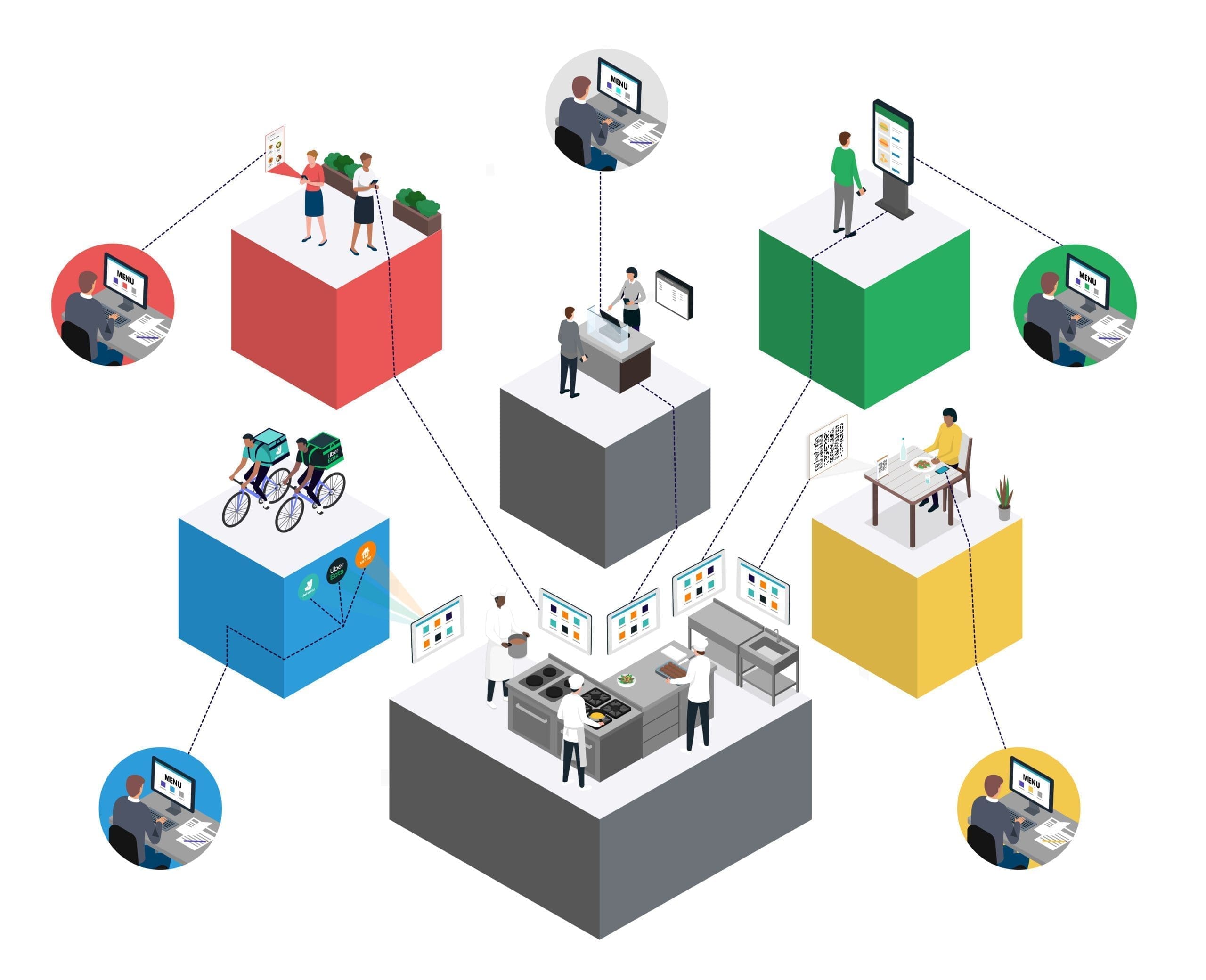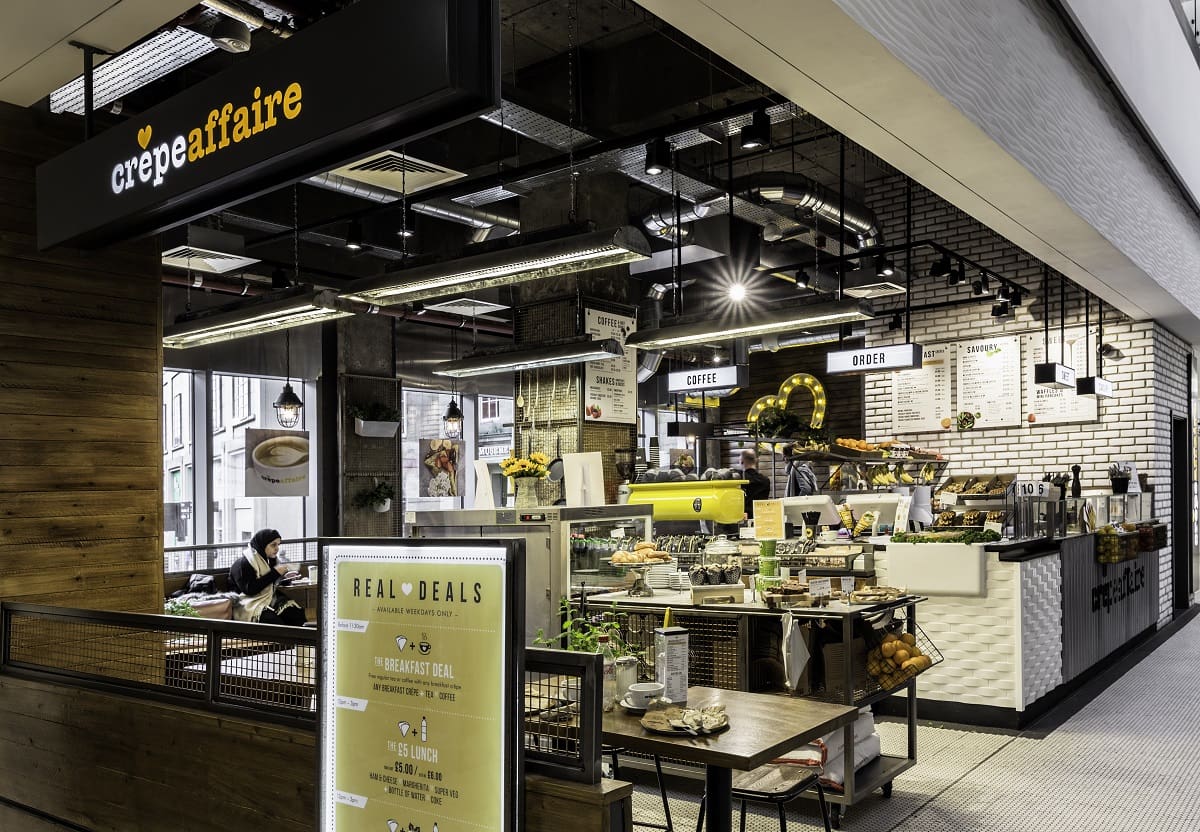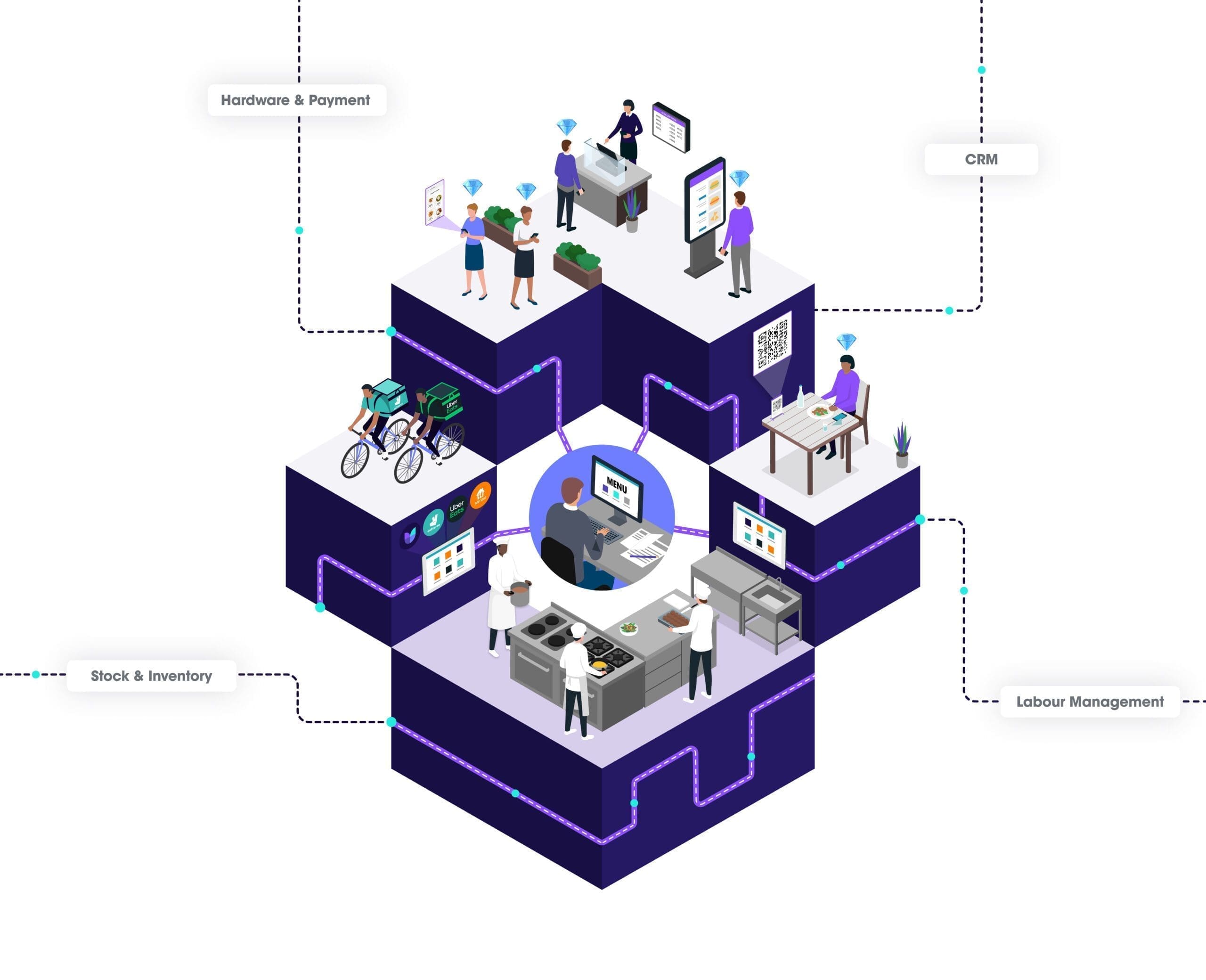The task of updating menus across multiple channels should be simple.
But in reality, it usually results in restaurant operators banging their heads against a tablet in frustration.
With tough trading conditions continuing and food inflation at a 40 year high, the menu management problem is a time-sink the industry can’t afford anymore.
But as proven by pioneering crepe cafe Crepeaffaire, it’s a solveable problem.
“We used to work through the night to make menu updates,” explained Crepeaffaire’s Digital Brand Manager Richard Gilliatt. “There was no way to update everything in a simple way during trading hours.”
So what was the solution?
In this article, you’ll learn how to save hours on manual updates by using restaurant menu software as part of an order management system – freeing you up to focus on growing your restaurant brand.
Why do menu updates take so long?
Updating your menu was a much simpler job when the only ordering channel available for customers was in-store via a member of staff.
But restaurants now typically offer multiple ordering channels. From self-order kiosks and mobile order and pay, to third-party delivery platforms like Deliveroo and Just Eat.

Multi-channel ordering is a double edged sword for operators.
On the one hand, it presents a significant growth opportunity. But it can also cause huge operational problems if a restaurant brand isn’t set up with the right tools and processes.
Why? Because restaurants using multiple technology solutions to manage ordering channels will have to make menu updates multiple times.
Thanks to inefficient restaurant menu software, even making a simple change like adding a new meal deal will mean a separate menu update on every channel. That’s hours wasted logging into multiple systems for online, off-premise and third-party delivery orders.
The restaurant POS is the heart of the problem
Despite the rise of multi-channel ordering, most restaurant brands still position the POS at the centre of their tech stacks. Separate ‘point solutions’ are then added for new ordering channels.
Kiosks, for example, will be launched, maintained and updated with one provider, but Click & Collect with another. Third-party delivery partners add yet another complication to the web.

The result is that menu management requires excessive manual labour for what should be a simple job.
Think constant account switching, time-wasting and the inevitably of human error. This problem grows exponentially with the size of the operation.
Consider having multiple locations, and your menu existing on your POS, online order channels and three separate delivery platforms. The time it takes to make simple updates across all those separate point solutions will actively hold restaurants back from growth.
In fact, with the fragmented tech stack they were working with, the team at Crepeaffaire were having to literally work through the night to make updates.
So how did Crepeaffaire solve the problem?







